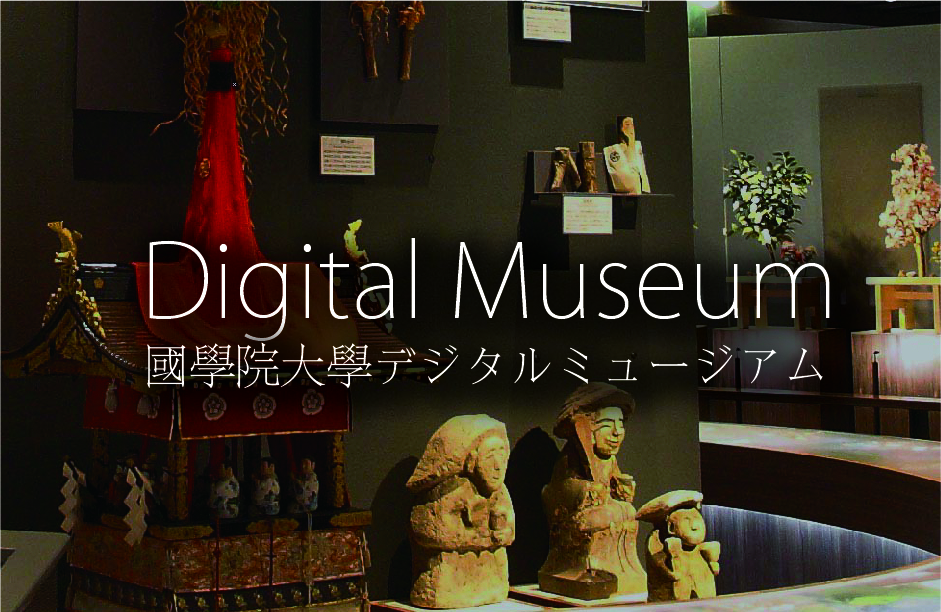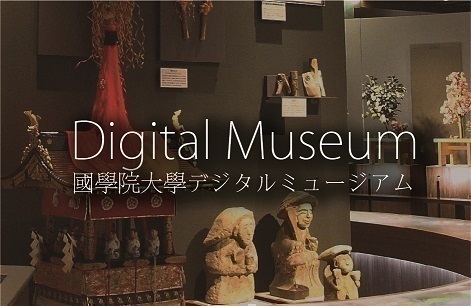- トップ
- Encyclopedia of Shinto
- Honmichi
Encyclopedia of Shinto
| Main Menu: | |
| Links: |
詳細表示 (Complete Article)
| カテゴリー1: | 8. Schools, Groups, and Personalities |
|---|---|
| カテゴリー2: | Modern Sectarian Groups |
| Title | Honmichi |
| Text | A religious group founded by Ōnishi Aijirō (1881-1958). Since Ōnishi was originally a teacher in Tenrikyō, the doctrines of Honmichi strongly resemble those found in its parent sect. In 1913 Aijirō came to the conviction that he himself embodied the "principle of the living kanrodai" ("heavenly pillar," namely, that he himself was the intermediary of the heavenly will). In 1925, Ōnishi founded the "Tenri Study Group" in Takeuchi, Nara Prefecture, for the study of the Osashizu, one of Tenrikyō's central scriptures. Within Tenrikyō, Aijirō's claim to be the kanrodai was ignored, with the result that he continued his proselytizing in severe poverty, moving from one occupation to another. In 1928 Ōnishi pronounced warnings that predicted a great war and national collapse, and distributed a work called Kenkyū shiryō (Materials for Research) containing denials of the divinity of the emperor, leading to the arrest of Ōnishi and other supporters. Indicted for the crime of lèse majesté, Honmichi was ordered to disband (this event is known as the "First Honmichi Incident"). In 1930, however, Ōnishi was found not guilty before the Daishin'in, (Supreme Court), and most of the sentences of other believers were also suspended. During the subsequent restructuring of the group, it changed its name to Tenri Honmichi in 1936 and engaged actively in proselytization work, even among the churches of Tenrikyō. In 1938 the group published issues 1-7 of its periodical Shoshin, containing contents similar to those in the earlier Kenkyū shiryō. As a result, followers were arrested nationwide on the charge of violating the Peace Preservation Law and the crime of lèse majesté, while group meetings were prohibited and the organization ordered to disband (the "Second Honmichi Incident"). Following Japan's defeat in World War II, however, all members were released, and pardoned in 1946. In the same year, full-scale reconstruction of the group began, with the office that had already been moved to the city of Takaishi now serving as the group's headquarters. Honmichi was registered as a religious corporation under the postwar Religious Corporations Ordinance (Shūkyō Hōjinrei), and then under the Religious Corporations Law (Shūkyō Hōjinhō) in 1952. Ōnishi Aijirō died in 1958, and at present has been succeeded by his grandson Ōnishi Yasuhiko (1960-), who is viewed as Aijirō's reincarnation and thus the new kanrodai. In 1979, the headquarters opened its doors to non-believers for the first time, and for three years beginning in 1980 sponsored so-called "Honmichi Introduction" meetings for outsiders. At present, members (called michibito or "people of the way") practice activities called nioigake and hinokishin as ways of acquiring and implementing the group's teaching. Whereas nioigake denotes primarily proselytizing work on an individual level, hinokishin refers to the construction, maintenance and management of physical facilities through the volunteer labor service supplied by members. It is believed that these activities produce an awareness of the need for unity among all believers, a condition called kokoro no fushin ("mind building"). Headquarters: Osaka Prefecture. Nominal membership: approximately 320,000 — Yumiyama Tatsuya |





